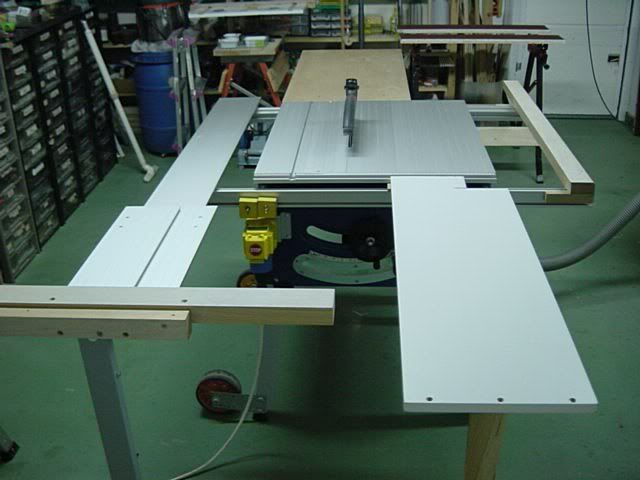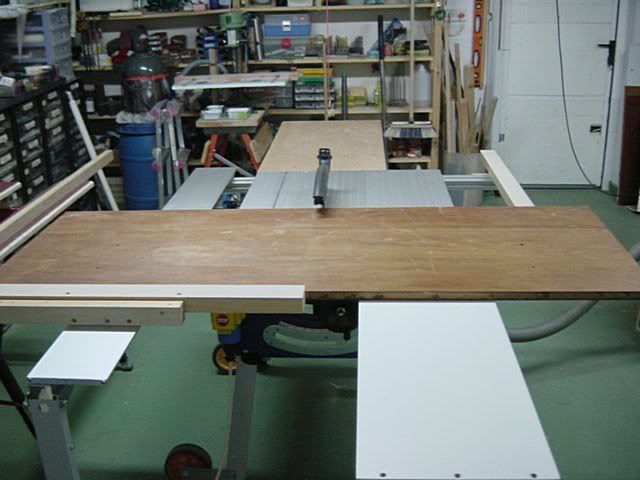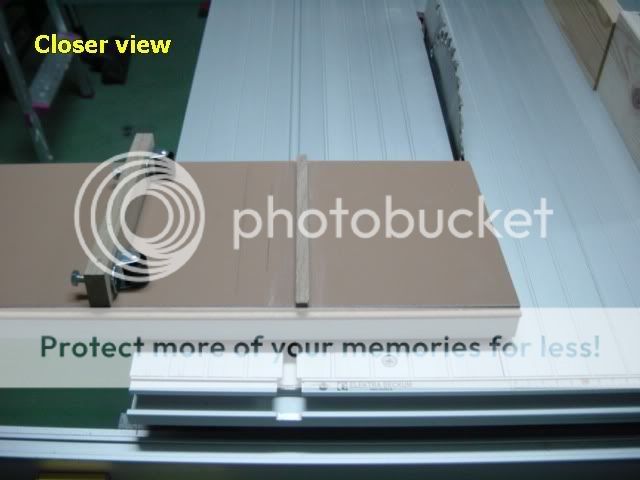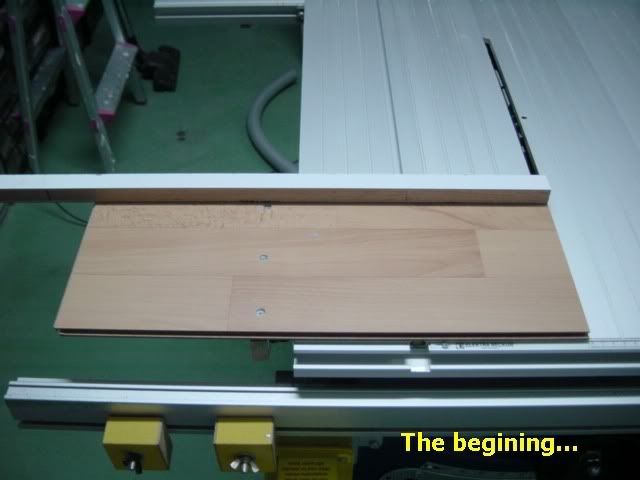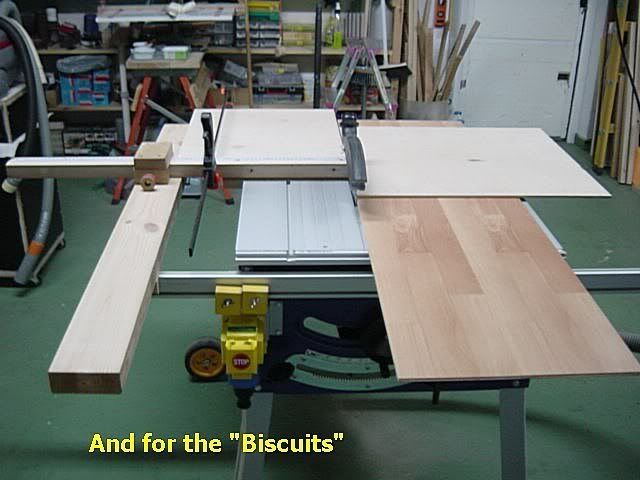ByronBlack
Established Member
I have the TS-200 with sliding table, and despite being a little finicky in setting up, I quite like it, however, I only use it for cross-cutting as I find the rail too short to cut mitres. The fence when in 45 degree mode sets the wood quite far back from the blade, and there isn't enough rail to give the required travel to take the wood all the way through the blade.
The mitre gauge is basic but adequate, but I was looking at sleds today and was thinking that If I made one, would there be any need for the sliding table and the mitre-guage? If I made a 45' degree insert for the sled, then it would handle all my cross-cutting and mitre-cutting requirements, making the sliding table redundant..
So, is there any real reason for me to keep the sliding table? Is there a particular method/practice that I'm ignoring here, if I go for an all encompassing sled, will I rue taking off the sliding table?
The mitre gauge is basic but adequate, but I was looking at sleds today and was thinking that If I made one, would there be any need for the sliding table and the mitre-guage? If I made a 45' degree insert for the sled, then it would handle all my cross-cutting and mitre-cutting requirements, making the sliding table redundant..
So, is there any real reason for me to keep the sliding table? Is there a particular method/practice that I'm ignoring here, if I go for an all encompassing sled, will I rue taking off the sliding table?



